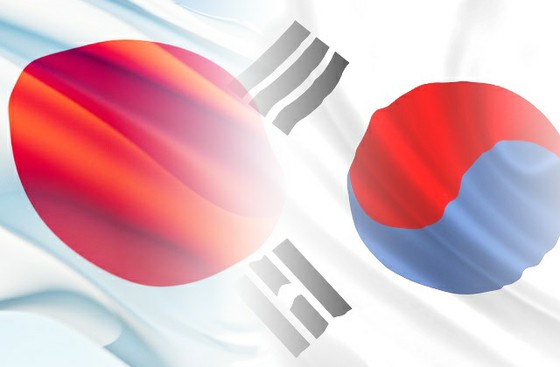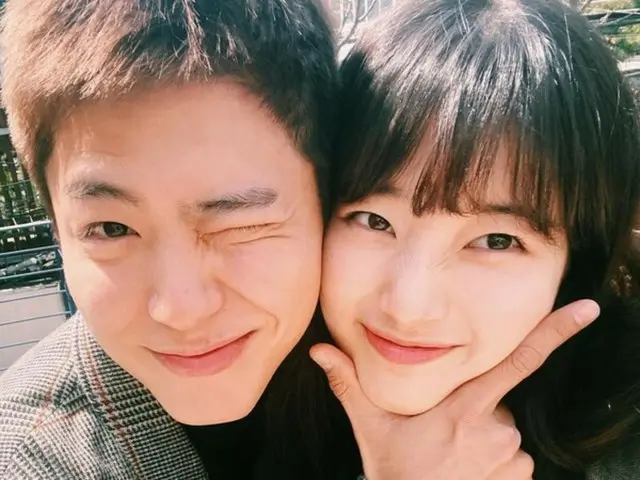 |
According to the Sankei Shimbun, which first reported on the 1st, "The content of the conservation status report submitted by the (Japanese) government to the UNESCO World Heritage Committee by the 1st has been revealed." The report is over 500 pages in English. In addition to explanations by Korean workers, it is reported that the construction of the bank protection on Gunkanjima and the conservation status of other constituent heritage sites are reported. In addition, according to the same newspaper, the report pointed out that Japan was suffering from a labor shortage during the war with regard to Korean workers, and stated, "The national mobilization law applies to all Japanese citizens." he pointed out. In response to the claims in South Korea and other countries that Gunkanjima is on the same level as a Nazi German camp, he introduced the opinion of an overseas expert who said, "It is unreasonable to compare it with the Nazis."
The "Sites of Japan's Meiji Industrial Revolution" consist of 23 component sites spread over 8 prefectures and 11 cities. It is a cultural heritage site related to the coal mines, the steel industry, and the shipbuilding industry, which achieved rapid development from the 1850s to 1910 by fusing technology transfer from the West to the non-Western world and traditional Japanese culture.
However, at the time of registration, South Korea objected to the registration, claiming that many Koreans were victims of forced labor on Gunkanjima, one of the 23 facilities. In response, Japan announced that it would "take measures to remember the victims," and in June 2020, opened the Industrial Heritage Information Center in Tokyo to introduce the overall picture of "Sites of Japan's Meiji Industrial Revolution." did. However, the South Korean side criticized the exhibition, saying, "The exhibition does not clearly explain the damage of former members of the Korean Peninsula who were forced to work, and the promise made at the time of inscription of the heritage was not kept."
In July last year, the World Heritage Committee expressed its "disappointment" by drafting a resolution stating that the explanation about the former members of the Korean Peninsula was "insufficient" regarding the exhibits at the center. The resolution called for measures to be taken to make it understandable to the large number of Koreans who were taken against their will and forced to work in harsh conditions. In response, the Japanese government said, "Japan has faithfully implemented measures, including those promised by the government. Based on this position, we would like to respond appropriately." The World Heritage Committee's draft resolution was met with opposition from former islanders who spent time on Gunkanjima during the war, and at the time the resolution was drafted, the Sankei Shimbun said, ``South Korea has forced Koreans to work hard. It conveys the voices of former islanders who are indignant, such as, "The materials we have are all fake materials. It is absolutely unacceptable. Why is UNESCO taking only South Korea's position into consideration?"
In response to the draft resolution, the Japanese government was requested by the World Heritage Committee to report on the progress of improvements, and submitted the report by the 1st. The report also touched on the World Heritage Committee's expression of "strong regret" in the draft resolution, as mentioned above, and said it "takes it seriously." On top of that, he indicated that he would continue to hand down the history of Gunkanjima to the next generation based on materials and testimonies whose sources have been clarified.
In the report submitted by the Japanese government, it stated that "requisition was applied to all Japanese citizens" and emphasized that Koreans were treated as the same Japanese citizens at the time. Despite the warning, Japan denies 'Korean forced labor' on Gunkanjima," the Hankyoreh Shimbun reports.
UNESCO is expected to publish this report soon and discuss it at the World Heritage Committee meeting next year. In addition, the Japanese government has decided to change the contents of the exhibition at the Industrial Heritage Information Center by the end of March next year in line with the purpose of the report, but the Korean government is expected to object to the report.
2022/12/07 12:22 KST


